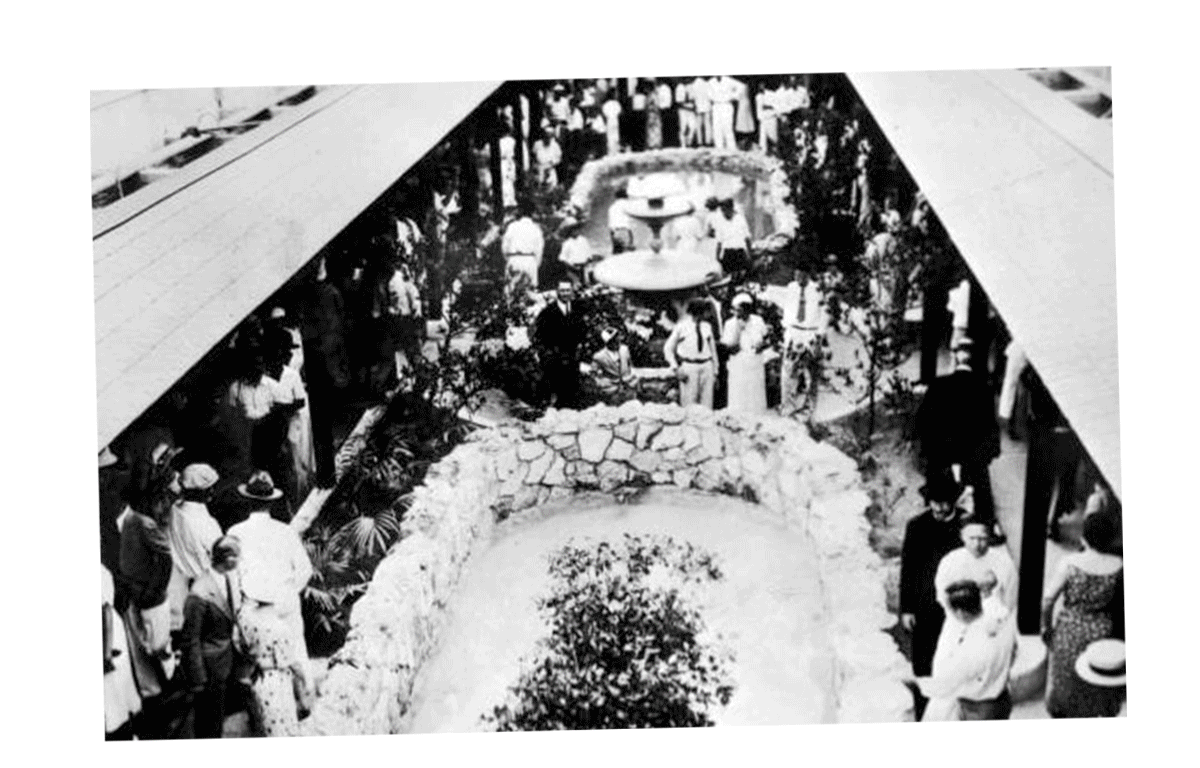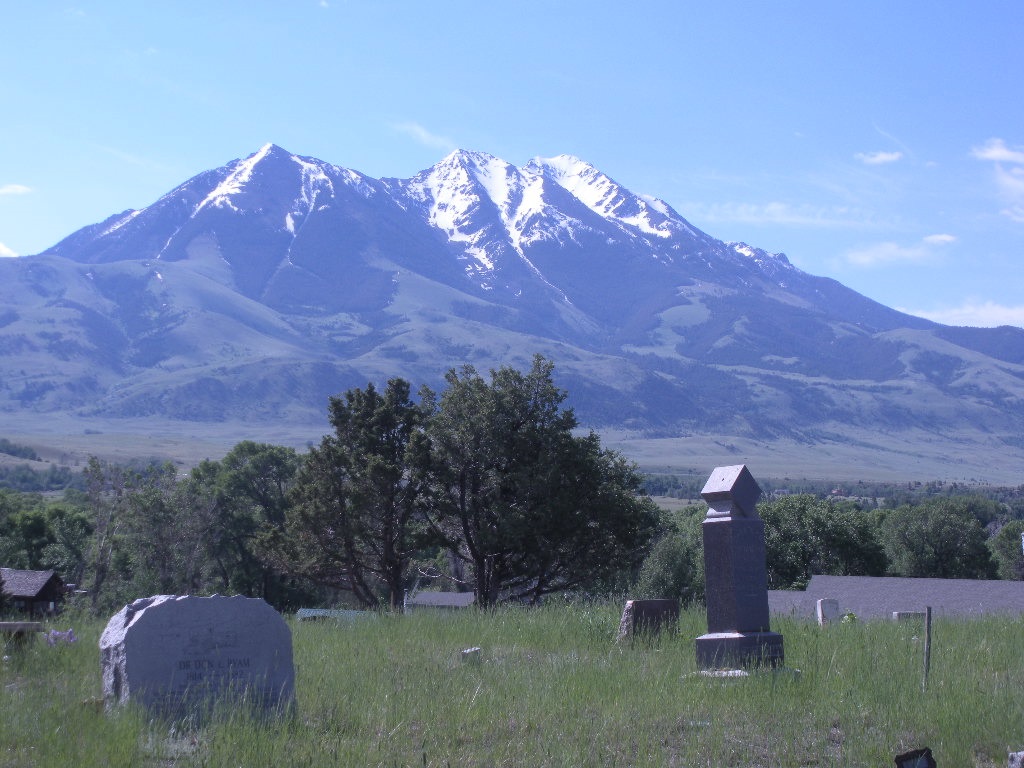Review by Rachael Ryerson
Panelists
Stephen McElroy, Florida State University
Kathleen Yancey, Florida State University
As their title suggests, both Stephen McElroy and Kathleen Yancey’s presentations explore assemblage as both a practice of composing and as compositions in themselves. While their presentations could not be more different, with McElroy focusing on assemblage in postcard production and Yancey exploring tombstone assemblage, both presenters rely on Johndan Johnson-Eilola and Stuart Selber’s framework/definition of assemblage:
Assemblages are texts built primarily and explicitly from existing texts in order to solve a writing or communication problem in a new context. Under our definition, “assemblage” is itself constructed from the conceptual, linguistic, and sociopolitical forces active in several different locations. (381)
Using this framework, both presenters offer assemblages that raise questions, much like Johnson-Eilola and Selber, about how we define composition(s) and composing practices/processes.
“Assembling Postcards, Postcards Assembling”
Stephen McElroy, Florida State University

and
FSU Card Archive http://fsucardarchive.org
Stephen McElroy, this year’s winner, along with co-authors Michael Neal and Katherine Bridgman, of the Outstanding Digital Production/Scholarship award, began his presentation with an image that toggled back and forth between a photo of Faith Hill and the heavily photoshopped photo that appeared on the July 2007 cover of Redbook Magazine. This stark difference between the original image and the published image was a perfect opener for McElroy’s talk which investigated postcard production in the early twentieth century before the affordances of digital technology.
For the bulk of his presentation, McElroy focused on Teich and Co.’s postcard production methods, highlighting their methods’ relationship with assemblage composing processes. McElroy noted that Teich and Co. was an innovator in the postcard industry, with color production processes being one of their major contributions to the industry. Thankfully, the company kept meticulous records and from these records, McElroy could trace Teich and Co.’s material assemblage composing practices. After all, as he later remarks, postcard assemblage can act as a genealogy of composition that reveals its predecessors and progeny. McElroy explained how the company would often begin with a black-and-white photograph that they would use as a canvas to mark changes and/or deletions for the final version. For example, the original photo of a street scene might have the unsightly telephone wires and poles literally painted over, and then this painted image would be photographed for the printing plate. In another example, directions to the artist for changes like “add bright colors on the girl” or “bring out the turtles in the water” are left as notes on a tissue overlay on the original photo. McElroy deemed notes like these “material assemblage” and as Johnson-Eilola and Selber do, these assemblages question the quiet myth of the lone genius creating an original text through their own effort.
In a more specific example of collaborative composition, McElroy examined a fold-out postcard whose final look was achieved through an assemblage of already existent materials. These materials included a pre-existing folder postcard that served as a template for the postcard background and physical design (fold-out pattern), another postcard that was stapled to the back cover, a tissue overlay containing sketches and directions for the artist, and photographs taped together as examples of how the final layout should appear. Not only were postcards assembled from pre-existing materials, but they had rhetorical aims. McElroy explained as much in his discussion of Frank Johnson, a Florida businessman who published postcards promoting places like Key West because more people meant more potential customers for his Curios shop, The Bazaar, and his hotel.
Ultimately, McElroy gathered that because assemblages are made from preexisting materials, it follows their ancestors and descendants can be traced, and for him, such tracing teaches us about the nature of composing processes. In an effort to summarize the import of assemblage more obliquely, McElroy ended his presentation with two quotes from Deleuze:
“We can only assemble among assemblages.”
“The writer invents assemblages starting from assemblages that have invented him.”
And like McElroy, I will leave you with those two thoughts.
“Assembling Tombstones:Historical Practices, Mobile Markers, and Virtual Complements“
Kathleen Yancey, Florida State University
Instead of sifting through postcard archives, receipts, and artist directions, Kathleen Yancey investigated the historical assemblage of/on tombstones. Yancey began her presentation echoing Johnson-Eilola and Selber’s point that what we do with texts regarding plagiarism in schools is not what we do with texts in everyday writing, where assemblage and the borrowing of texts is commonplace. From there, Yancey offered tombstones as an example of everyday writing, assemblages of visual icons and borrowed text that create compositions challenging conventional notions of what equals an original text.
Yancey began her discussion of tombstones with an example of a tombstone generator, which she argued is more fun than a “barrel of monkeys.” Specifically, she demonstrated, using a Finnish website, how a user can design their tombstone’s composition, bringing together color, size, and shape to the font, symbols, and epitaph appearing on its surface.. For Yancey, the options afforded the user of this site suggest a recursive composing process of assembled, pre-existing materials. From this discussion, Yancey moved on to rhetorically analyze tombstones and their artifacts in a community cemetery in Emigrant, Montana, a town of 326 residents about 30 miles north of Yellowstone National Park.

She theorized that this cemetery “functions as a host of a five-part set of multi-layered compositions” or assemblages through the following:
- Cemetery layout and design
- Tombstone compositions (like those she explored through the tombstone generator)
- Tombstones extended—objects placed in and around front of tombstones and gravesites
- The cemetery as community portrait—collective composition of tombstones reveals the community in which they are located
- Cemeteries and tombstones as platforms for virtual memorials
Before she delved into discussion of these five aspects, Yancey reminded the audience that tombstones are richly multimodal, and they are material compositions, made from material (marble, stone, bronze), located in a material environment, and situated among material objects (flowers, notes, yard ornaments). Then, Yancey described the composition of two children’s tombstones, with one of her favorite’s being a young girl’s tombstone, that of Mildred Busby, containing the number of days, not just years, the child was alive, the religious iconography of a lamb, and an epitaph from a Thomas Campbell poem published eighty years previously as a memorial to people who had died in war. As Yancey pointed out, tombstones like Mildred’s show how tombstones are multimodal assemblages that combine and repurpose preexisting texts, materials, and images as a practice of everyday writing. Indeed, Yancey observed that many of the tombstones depicted visual tropes related to the region like mountains or deer, and for her, these visual elements point to shared values among the community of Emigrant.
Yancey then explained what she meant by assemblages created through tombstone extensions. As an example, she showed a man’s tombstone that had an iris growing in front of the tombstone, an unopened beer bottle, and a butterfly garden/yard ornament. One of the more interesting assemblages Yancey considered was mobile memorials, like those that might appear as a tattoo or a sticker on a car, but more specifically, websites touted by funeral homes as living memorials. These sites can host an obituary, guest book, photos, videos, etc., that together form an assemblage carrying into futurity (well, as long as the site lasts). Another living memorial Yancey highlighted is based in QR codes connected to tombstones, a service offered by a Seattle-based company. These codes link to a website where, as the company promotes, loved ones can share/assemble information like family heritage, photos, audio tracks, videos, likes and dislikes, etc. And as Yancey noted, these QR codes allow the tombstone, typically a local site only, to have a global presence.
As I did with Stephen’s review, I will end this review with Yancey’s final point in her own voice, and one that offered a neat summation of her discussion on tombstones:
“I would make the observation that tombstones are another site of everyday writing that in this case is multimodal, assembled, and even as we have seen, beginning to be networked.”
Work Cited
Johnson-Eilola, Johndan and Stuart A. Selber. “Plagiarism, Originality, and Assemblage.” Computers and Composition 24 (2007): 375-403.
